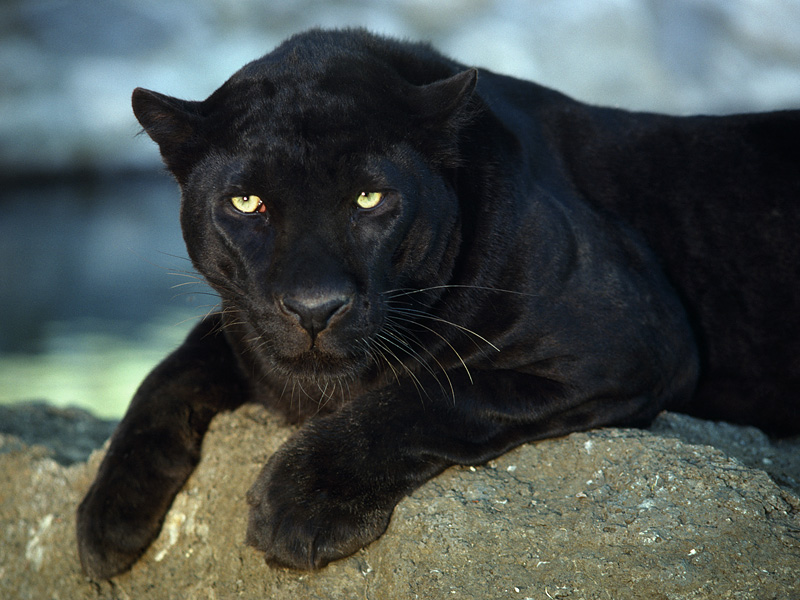The Florida Fish and Wildlife Conservation Commission (FWC) Panther Team announced Monday that a female Florida panther recently became the first to cross the Caloosahatchee River since 1973.
Until now, the area located north of the river had only been occupied by male panthers, which has posed a threat to the survival of the endangered species. Biologists studying the felines used a trail camera and captured images of the female panther north of the river. Further investigations into its tracks allowed scientists to later confirm its gender. Until the female showed up on the opposite side, the only known breeding population of this species was south of the Caloosahatchee River with about 200 of the felines, which desperately need to expand its territory and breed.

Lead researcher Darrell Land said in a press release that he and his team knew the tracks had been made by a female panther because males’ paws are already bigger than female’s paws by the time they are old enough to survive on their own, according to the FWC statement.
Separately, photos taken last year by an automatic game camera set up north of the river suggested that a possibly female small panther had crossed from the south. Additional cameras set up a few months ago revealed more pictures of the panther but scientists were not able to confirm its gender.
Conservationists thrilled by the news
Kipp Frohlich of the FWC’s habitat and species conservation division said Florida panthers represent the state’s heritage and that the news of a female panther moving north of the river by itself was a big deal as part of the agency’s goals of panther preservation, according to a report by the National Public Radio. He added that the entire team was working hard to ensure the felines will be there for future generations.
“This appears to be the milestone we’ve hoped for. We have been working with landowners to secure wildlife corridors to help panthers travel from south Florida, cross the river and reach this important panther habitat,” expressed Larry Williams, state ecological services supervisor for the U.S. Fish and Wildlife Service, as quoted by Fox4.
Federal regulators also committed to protecting Florida panthers
Federal regulators in 2015 agreed to review plans regarding the FWC’s management on the panthers’ recovery in the state, according to the Miami Herald. The state government has informed that each one of these large felines needs 50 to 100 square miles of territory. Authorities have had to set aside significantly large tracts of land wanted by some ranchers and developers, who may not be so happy to hear that the panthers are showing evidence of expansion. Indeed, the Miami Herald has reported that some landowners on the north side of the river in question have declined to cooperate with the relocation of female panthers to that area.
Source: NPR
